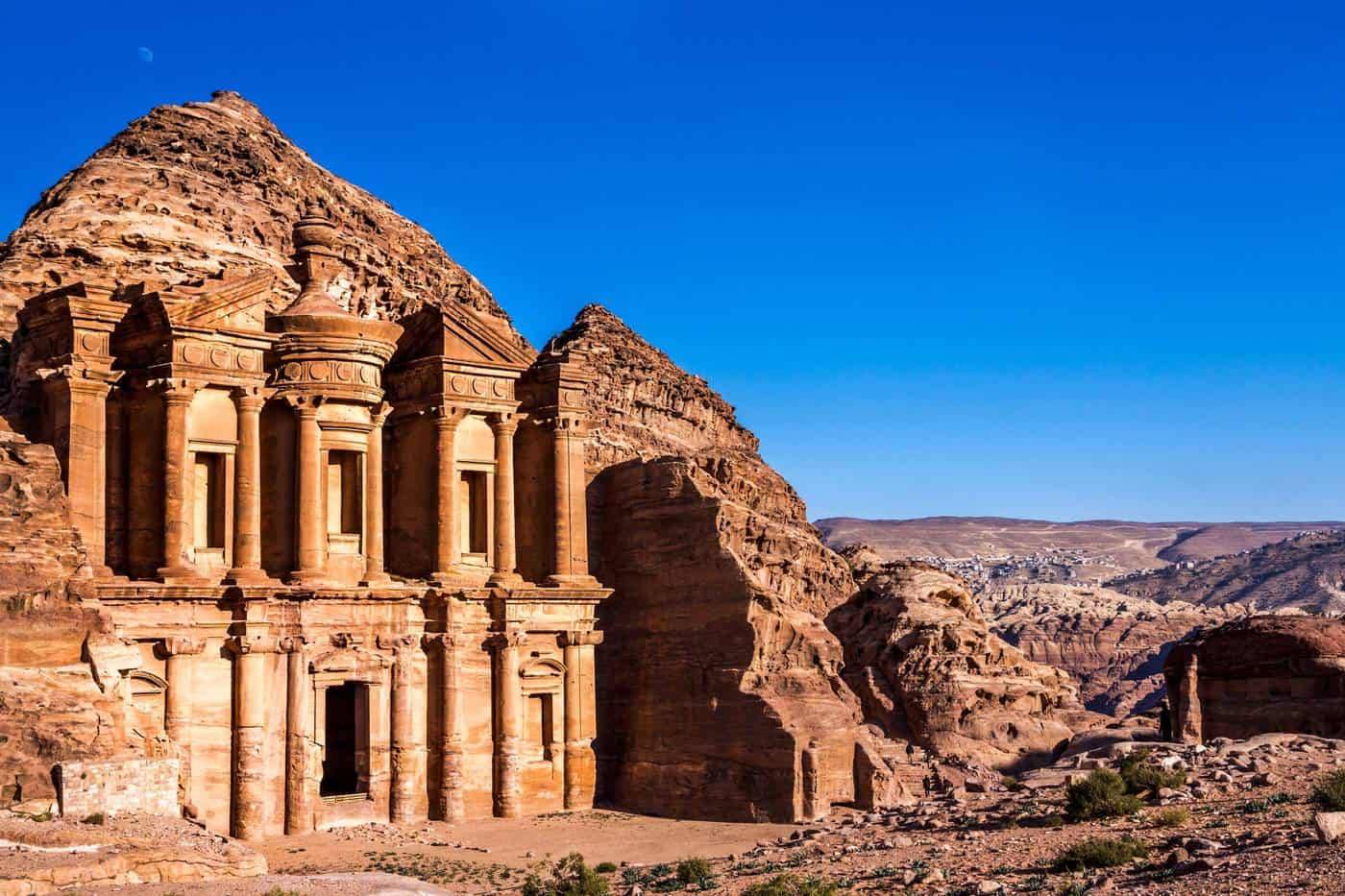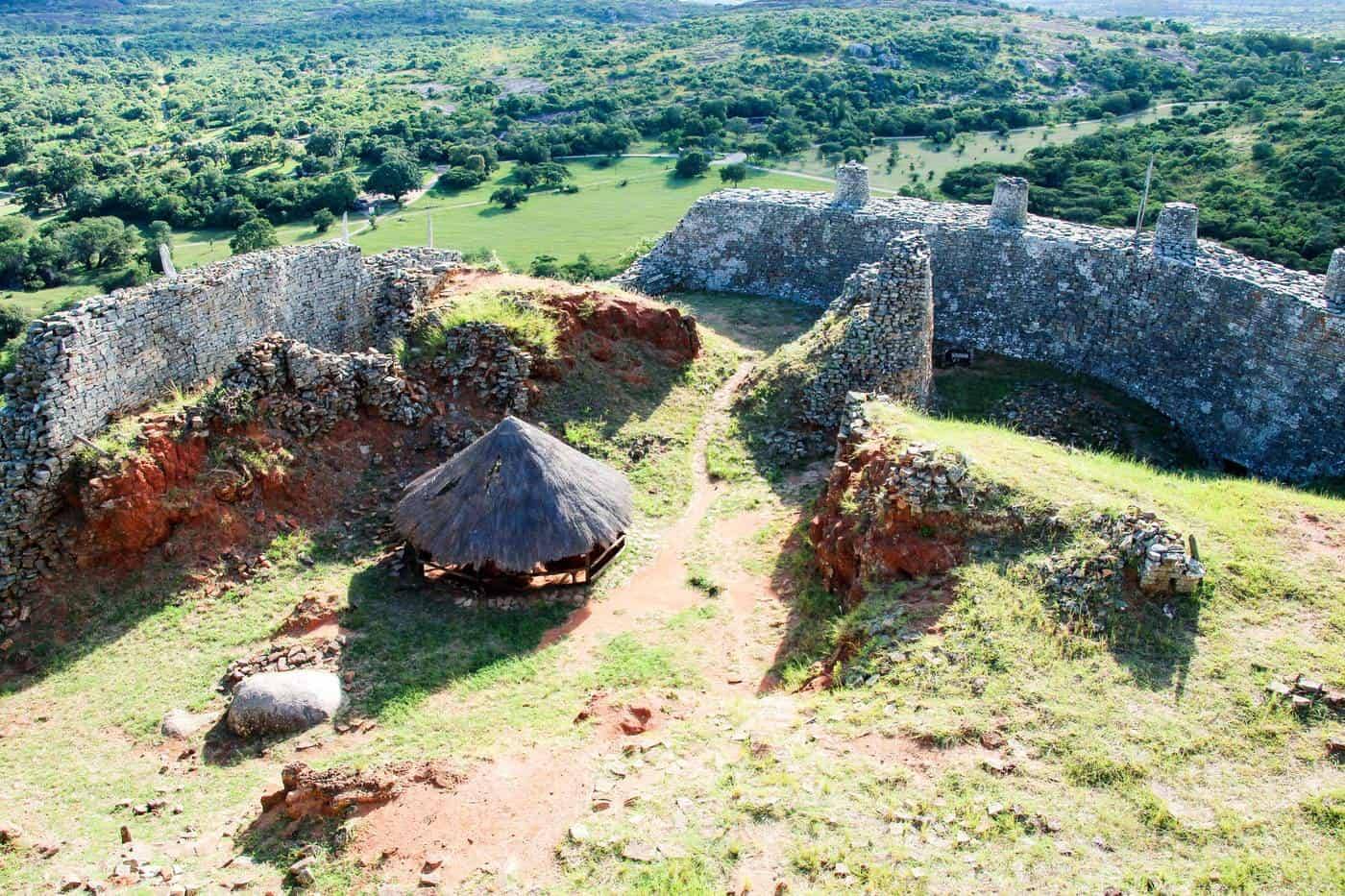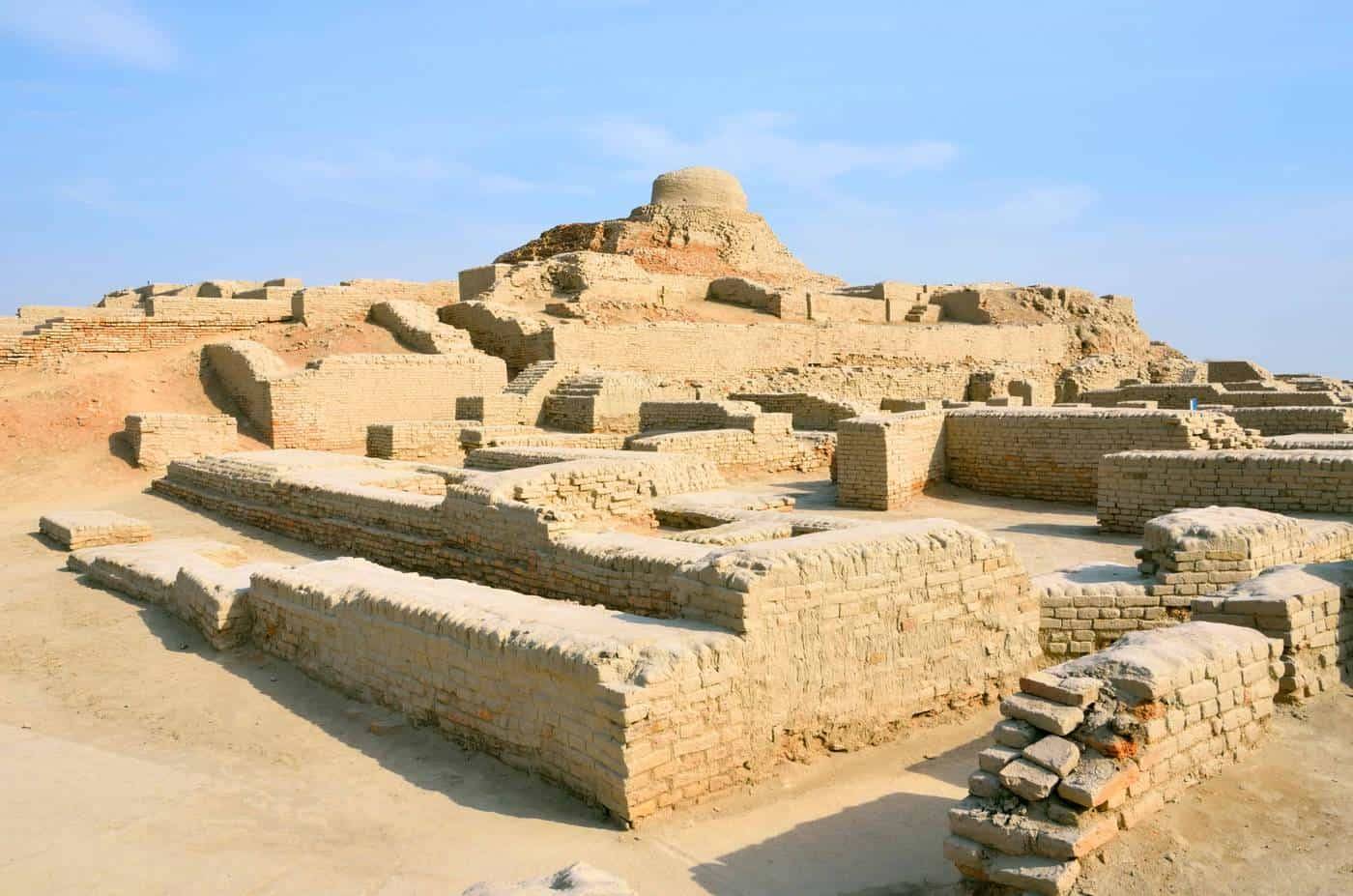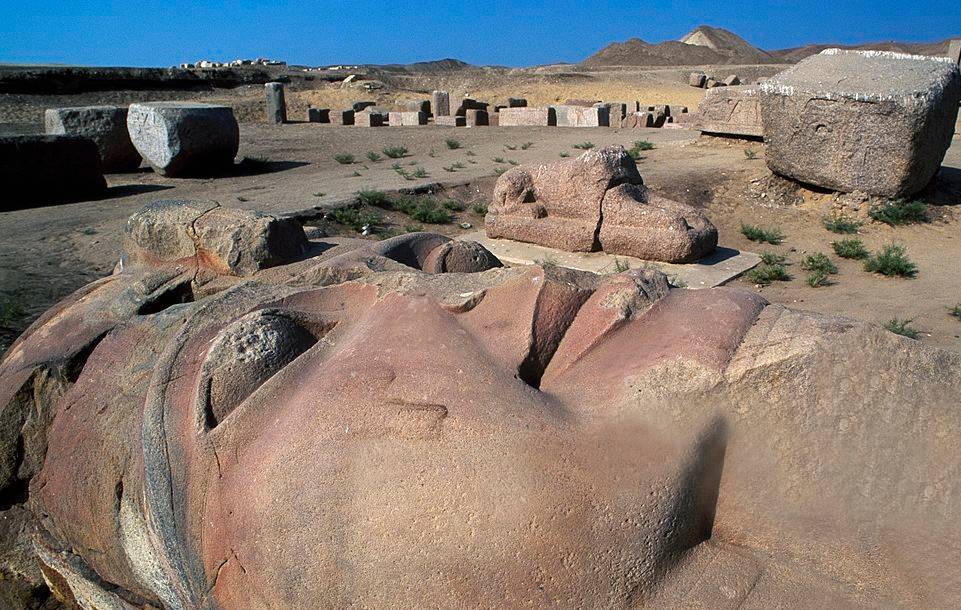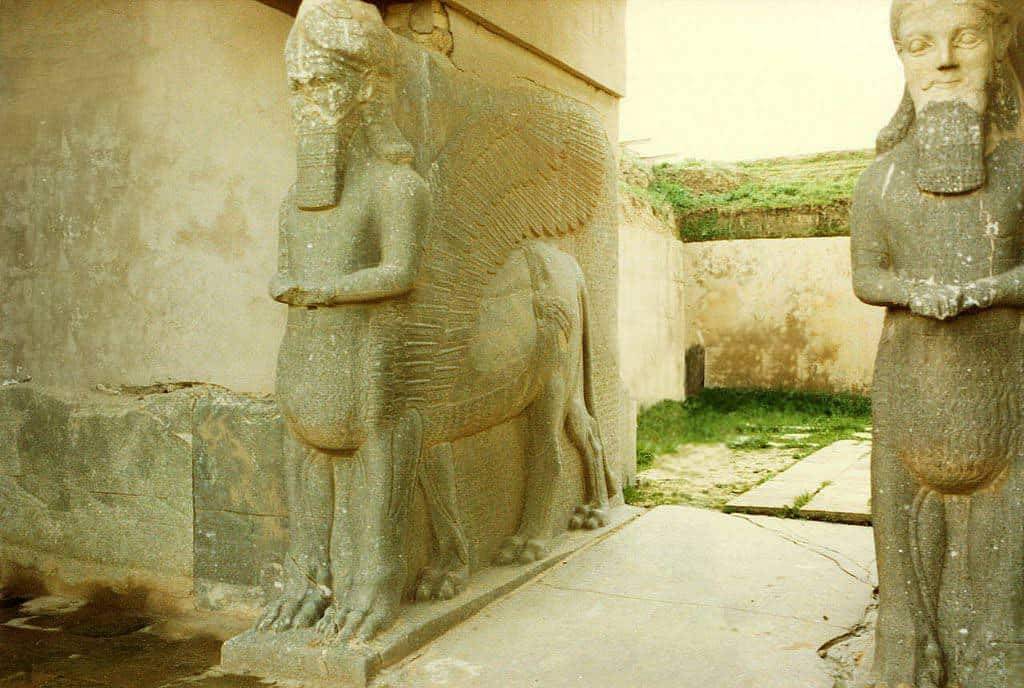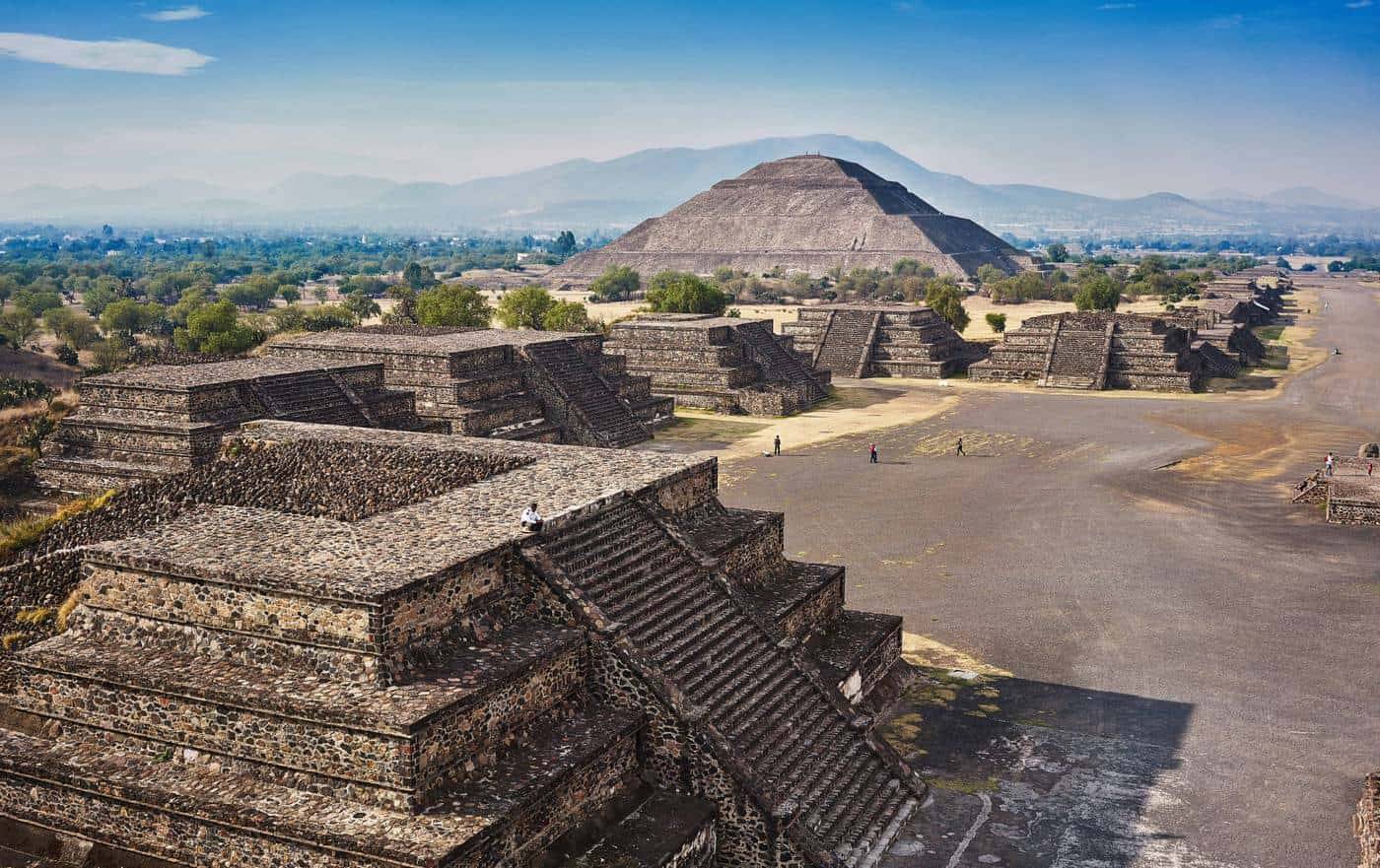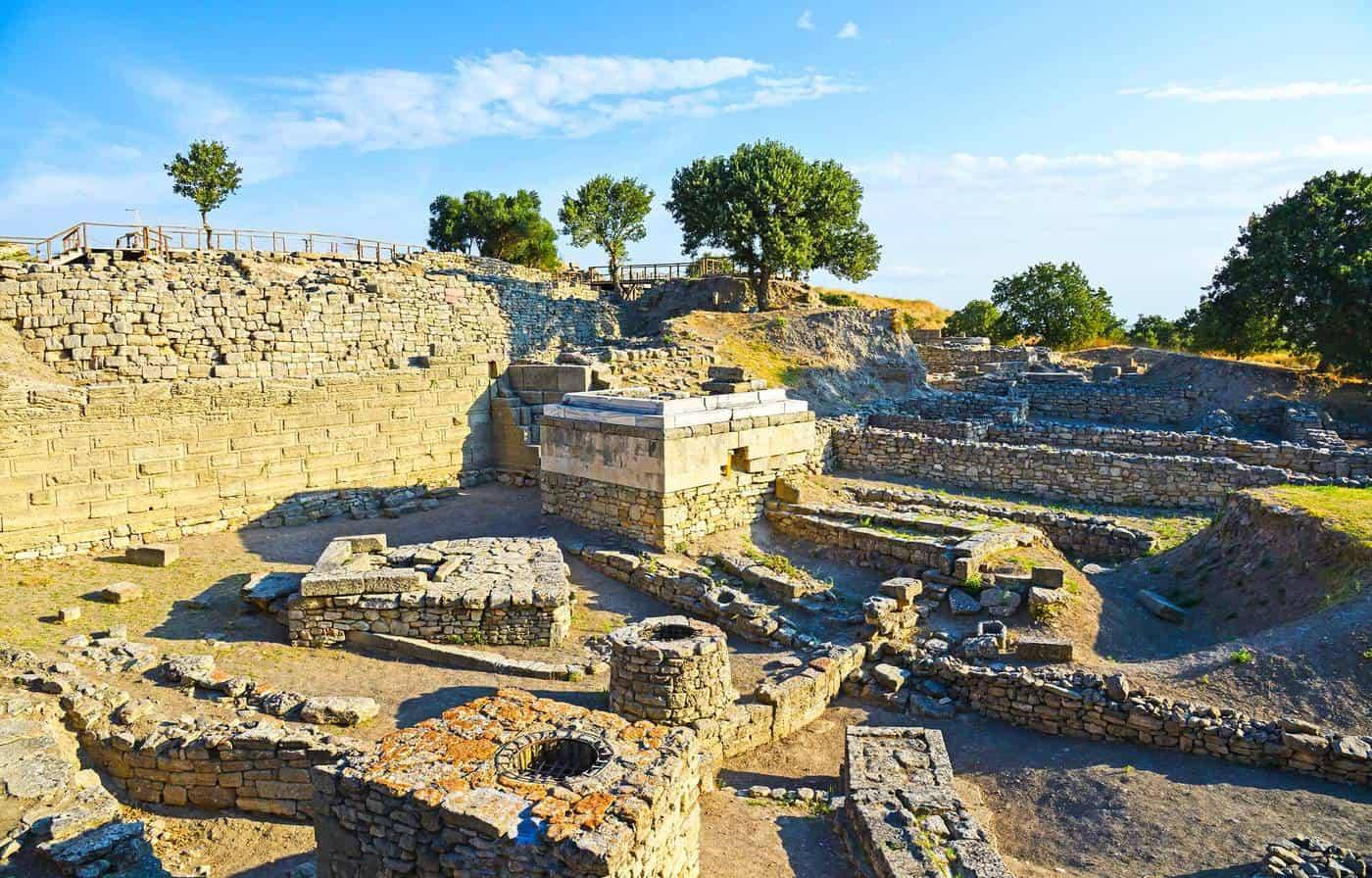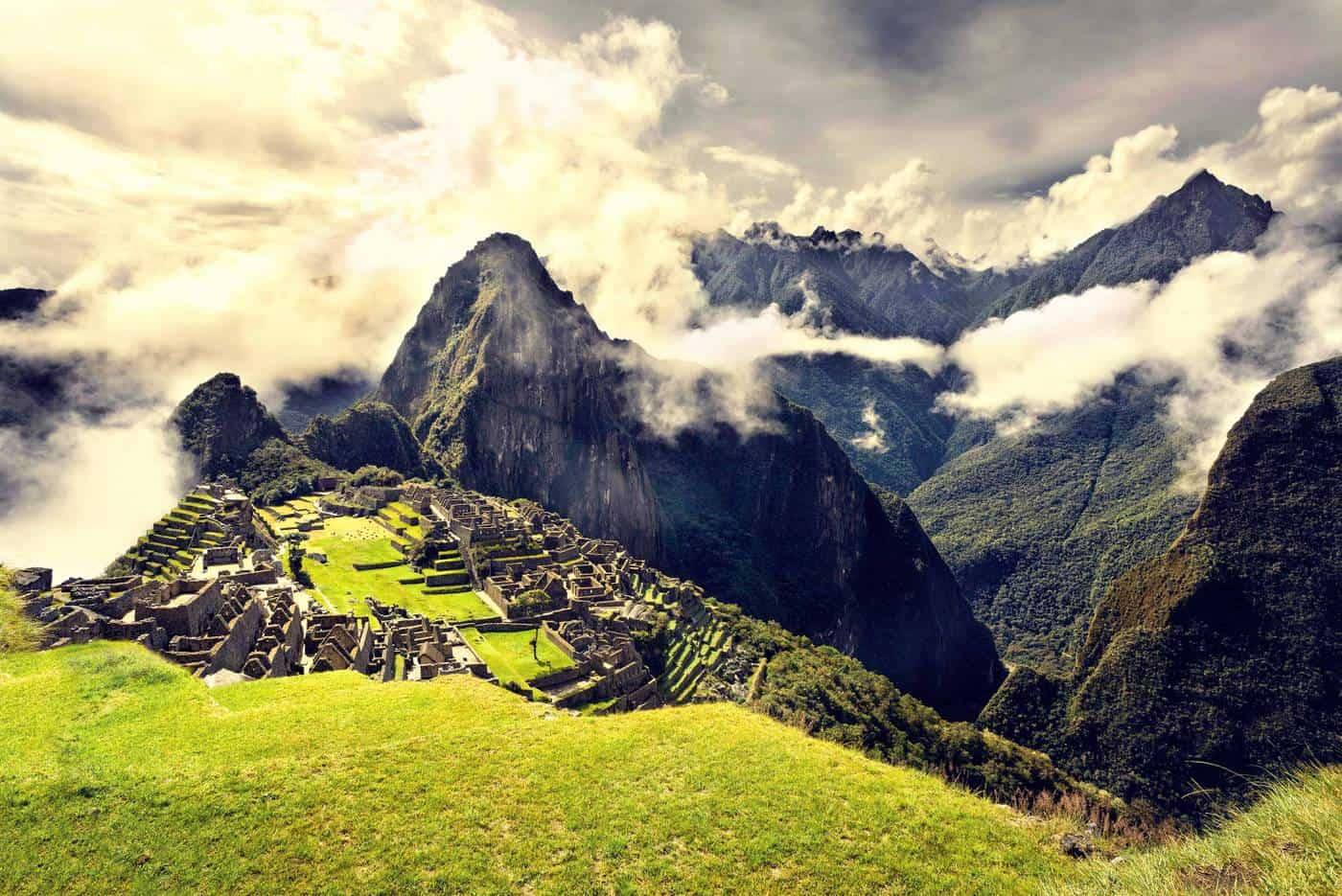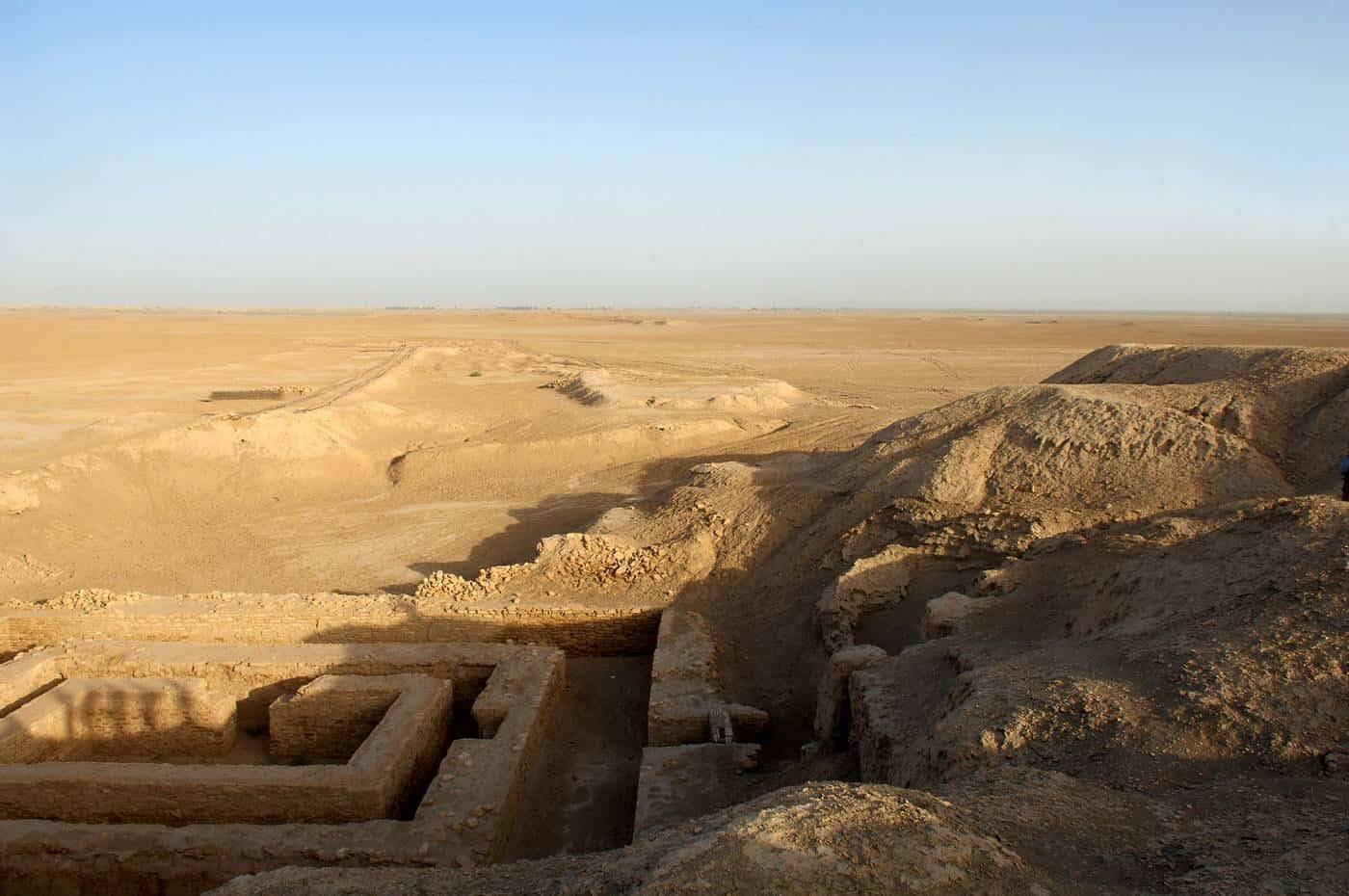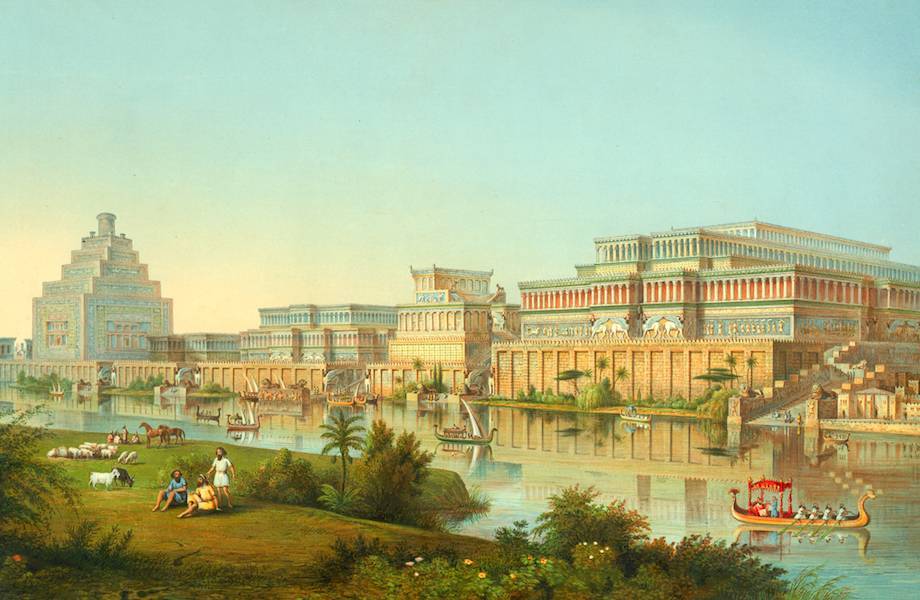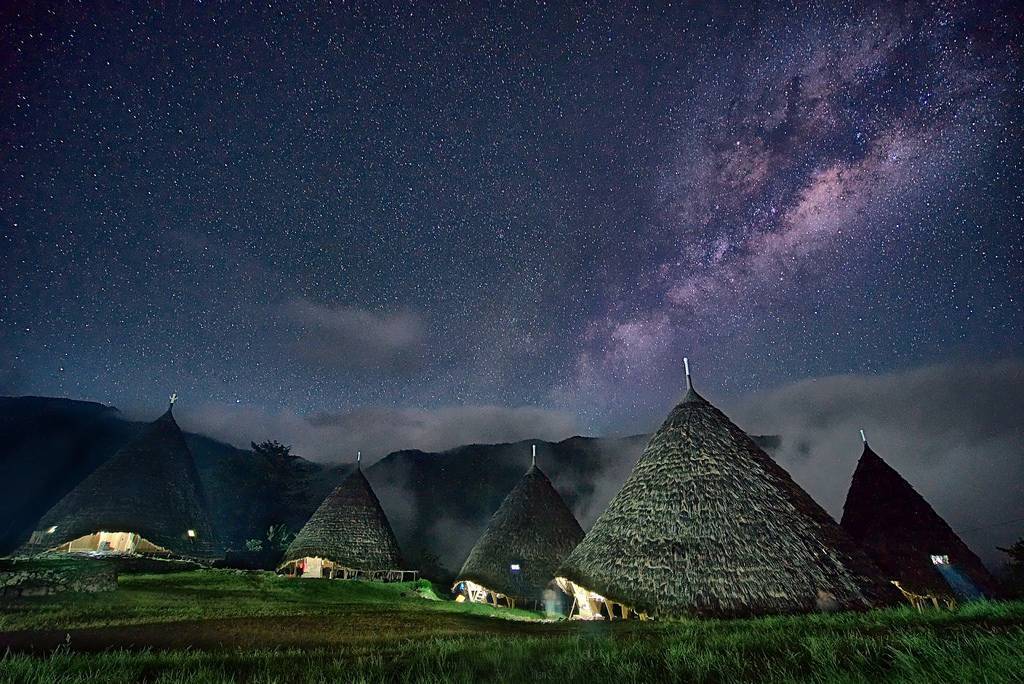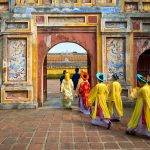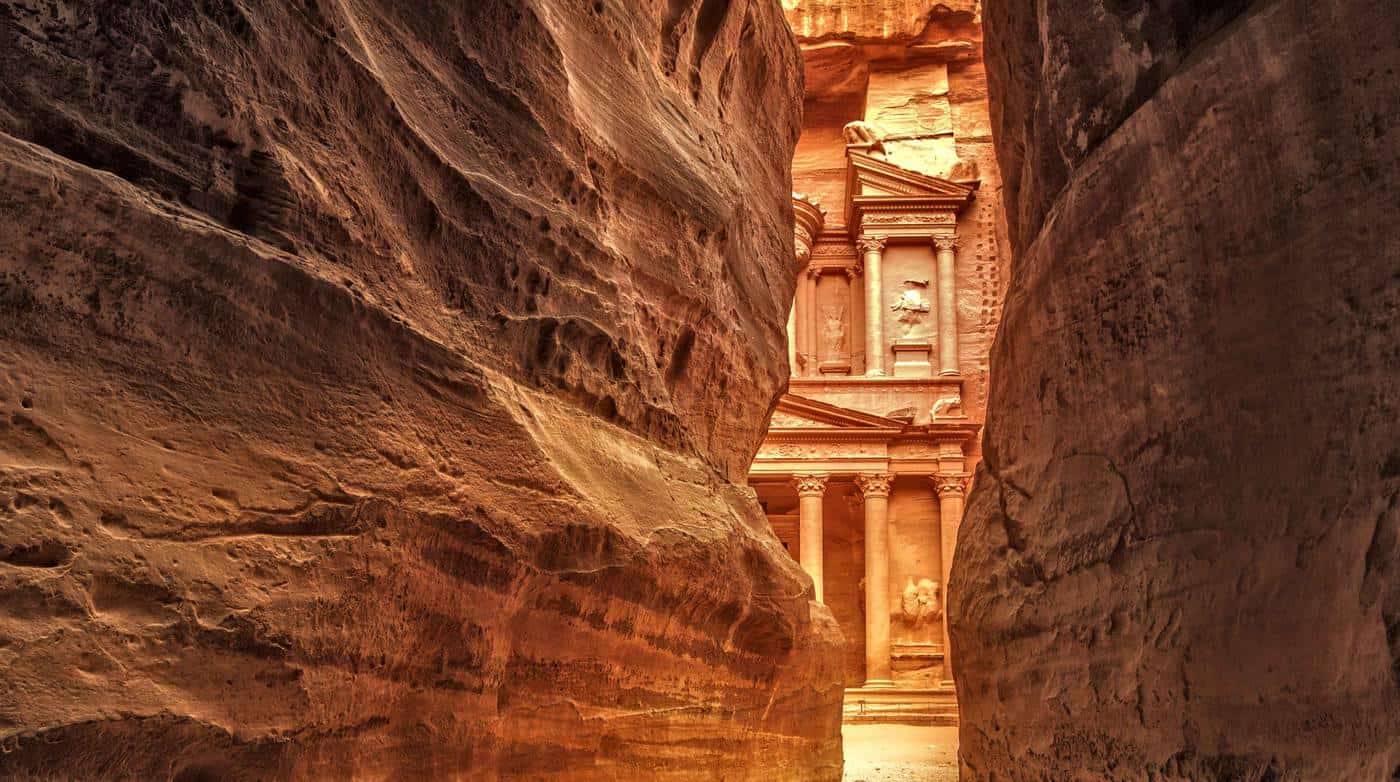
TOP 10 WORLD`S LOST CITIES
Cities have always been incubators of civilization, crossroads of ideas and innovation, but often also self-destructive mechanisms. Nowadays, we can catch a glimpse of the past in the ruins of ancient castles, palaces and places of worship that have amazingly survived; Cuzco, Babylon, Angkor, Pompeii, Stonehenge and many more still proudly stand – having endured millennia to serve the era of tourism. Yet some others took their secrets to the ‘grave,’ and the passionate archaeologists are left to use their best creativity, myths, and legends to revive their ever-lost image.
1.PETRA IN JORDAN
Carved into the red, pink and white sandstone hill, the prehistoric Petra is undoubtedly one of the most astonishing lost civilization sites in the world. The Jordanian city was a thriving trade centre and later on a monastery in the Nabataean Empire around 400 BC before its sophisticated culture was conquered and absorbed into the Roman Empire.
Declared a UNESCO World Heritage Site and one of the new seven wonders of the world, Petra became a filming and tourist hotspot. Although the site is widely associated with the ‘Indiana Jones’ movie filming site that was turned into a popular tourist attraction, the Bedouins keep living in the traditional way of life along with tourism.
2.GREAT ENCLOSURE IN ZIMBABWE
Great Zimbabwe is one of the fascinating archaeological sites on Earth. The first rumours of a magnificent lost kingdom of the biblical Queen Sheba started in Mozambique, during the Portuguese colonial era in the 16th century.
The impressive ruins with massive curved walls, raised without mortar, were not discovered until the 19th century by Carl Mauch.
The German explorer had locally heard of the spectacular complex that ‘could have never been built by blacks,’ and decided to research the area until he succeeded. It took the Europeans 20 years to inspect the sacred site to conclude that the Iron-Aged, 9 meters high curved-walled enclosures, stretching over 40 hectares would have been built either by Phoenicians or Egyptians.
For all that, no one has ever presented a single piece of evidence showing that it was true.
3.PALENQUE IN MEXICO
When Pedro Lorenzo de la Nada first came across the jungle-absorbed, stone temples and plazas of the lost city of Palenque in 1567, he did not have any idea that the marvellous blue and red-painted site would one day be the most visited historic site in Mexico.
The lost city was abandoned by the Maya were roughly constructed around 600-900 BC, and it was ruled by many different emperors. The large and vibrant city featured religious sites, temples, palaces, cemeteries, and sarcophagus but the archaeologists suggest that only 5% of the total city has been uncovered, and so the exploration continues.
4.MOHENJO DARO IN PAKISTAN
Entirely unknown until 1921, the Indus Valley culture emerged more than 4500 years ago and kept flourishing for another thousand years. Benefiting from the mighty Indus River and the surrounding floodplains, Mohenjo Daro grew and grew, and the city became the centre of trade and agriculture until it got enigmatically destroyed.
In 1911, large stone city ruins were discovered in Pakistan – once mighty Mesopotamia. The city’s wealth and stature are evident in artefacts such as ivory, lapis, carnelian, and gold beads, as well as the baked-brick city structures themselves.
The large, clean and very sophisticated complex had surprisingly no temples, or any other spiritual places nor monuments, however, plenty of wells, mounds and baths were found around the city. With no sign of any ruler`s residence, no one has ever figured out who lived in the city and what ended the mysterious Indus civilisation.
5.TANIS IN EGYPT
Perhaps the most iconic historical sites on earth can be found in Egypt, particularly the iconic Pyramids. Yet, there are other – even more mysterious lost cities scattered across the enchanting country. Tanis might have been made famous by the Indiana Jones movie, but this unique site had been attracting archaeologists long before that.
Dating back to the 1000 BC, once it was a glorious capital of Alexandria, also known as ‘The Lost City of Zoan’ only revealed its treasures in 1939 when Pierre Montet discovered the surreal royal tomb complex with burial chambers, golden masks, coffins of silver, sarcophagi, bracelets, necklaces, pendants, tableware, amulets, statues, vases, and jars.
Whether the Hebrew story of Moses being found in the marshes of the Nile River near Tanis is true might and might not be so, but the bitter reality of Tanis being abandoned for good is irreversible.
6.NIMRUD IN IRAQ
Once the capital of Assyrian Empire, today a big mystery. Nimrud was first described in 1920 and started to be excavated in 1845, and several different theories arose during the research. The most reasonable is probably the belief that the city`s name was derived from the legendary hunting hero Nimrod. Nimrod is claimed to be the Biblical City of Calah.
The ancient Kalhu was strategically located on the Tigris River in Mesopotamia, and it was estimated to have been built around 1300 BC by Shalmaneser King. How the beguiling Babylonian culture came to an end in 600 BC is unsure.
What is a fact, though, is that the excavated city remains were ultimately destroyed by ISIL in 2015 due to their ‘un-Islamic nature.’
7.TEOTIHUACAN IN MEXICO
One of the largest archaeological sites on earth with its origins being a great puzzle; the lost city of Teotihuacan is undoubtedly a human-made structure that dates back to the ancient Aztec era (100-600 BB), and it is defined by large temple-pyramids, tombs, residential areas, marketplace and a massive central road.
The Mesoamerican site is regarded as the largest city in the West before the 1400s that once supported a population of more than 100 000. What made the pre-Columbian American culture last for such a long time and why and how come that such a powerful civilisation collapsed so suddenly – all these questions were left unanswered.
8.TROY IN TURKEY
Myth, folklore, mystery, and intrigue surround the ancient city of Troy like no other ruin in our planet. Once thought to be purely imaginary, a prop in Homer’s epic poem ‘The Iliad,’ excavations in Turkey in 1871 eventually proved that the city indeed existed.
When the German adventurer Heinrich Schliemann began digging at Hisarlik in search of the fabled city his roughshod excavation wrought havoc on the site but revealed 9 ancient cities, each built on top of the next and dating back some 5,000 years.
At the time, most archaeologists were sceptical that ancient capital was among the ruins, but evidence since the discovery suggests the Homeric Troy definitely lies within site. Today, Anatolia is a UNESCO recognised world heritage site and its legendary Trojan War story attracts thousands of visitors each year.
9.MACHU PICCHU IN PERU
The ruins of the Machu Picchu, picturesquely perched among the clouds high in the mountains of Peru, were once spiritual capital of the Inca Empire of Tahuantinsuyo. The civilisation is now an enigma; suddenly and mysteriously disappeared and left behind one of the world`s most spectacular archaeological landmarks.
The ‘Lost City of Incas,’ situated 2430 m above the Sacred Valley of ‘Los Andes,’ is estimated to have been built around 1400, discovered in 1867 by the Germans and became a UNESCO World Heritage Site.
Nevertheless, with the Inca gone and their knowledge lost, the sacred ruins will never be interpreted with any certainty.
10.URUK IN IRAQ
The current archaeological research indicates that the oldest cities ever recorded are those found scattered along the banks of the Euphrates and Tigris Rivers of Mesopotamia – modern Iraq. More than 5000 years ago, the ancient merchants travelling upriver from Egypt would have entered the great Sumerian city of Uruk by boat.
Uruk was famous for its giant defensive walls, luscious gardens and sophisticated ruling elite. For instance, Gilgamesh – the ‘God-King of Babylon’, who became subject of the world`s oldest epic and the poem, is still today in print. His city evoked even more fascination than himself when discovered in 2003 by the German archaeologists.
Namely, the excavations of the site revealed the legendary Tower of Babel and research showed that Uruk must have looked like ‘Venice in the Desert’ back then.
The refined network of channels used to nurture not only extensive gardens enjoyed by the kings but also the citizens who used the waterways for farming and producing surpluses of food to feed armies of workers who were constantly improving the idyllic city and ensuring absolute luxury.
Yet, the wondrous Sumerian culture has been lost in time.

